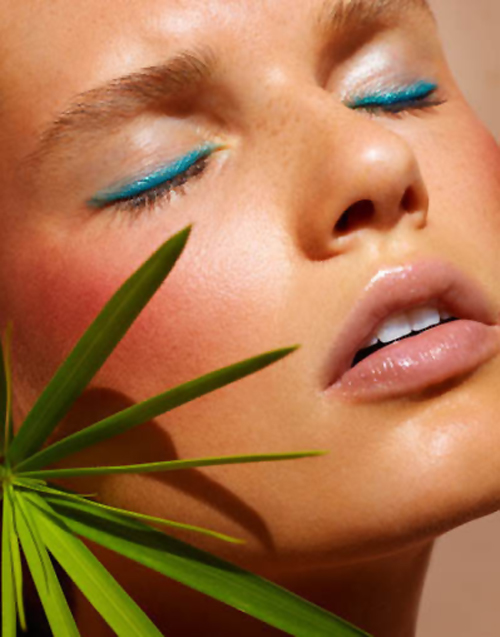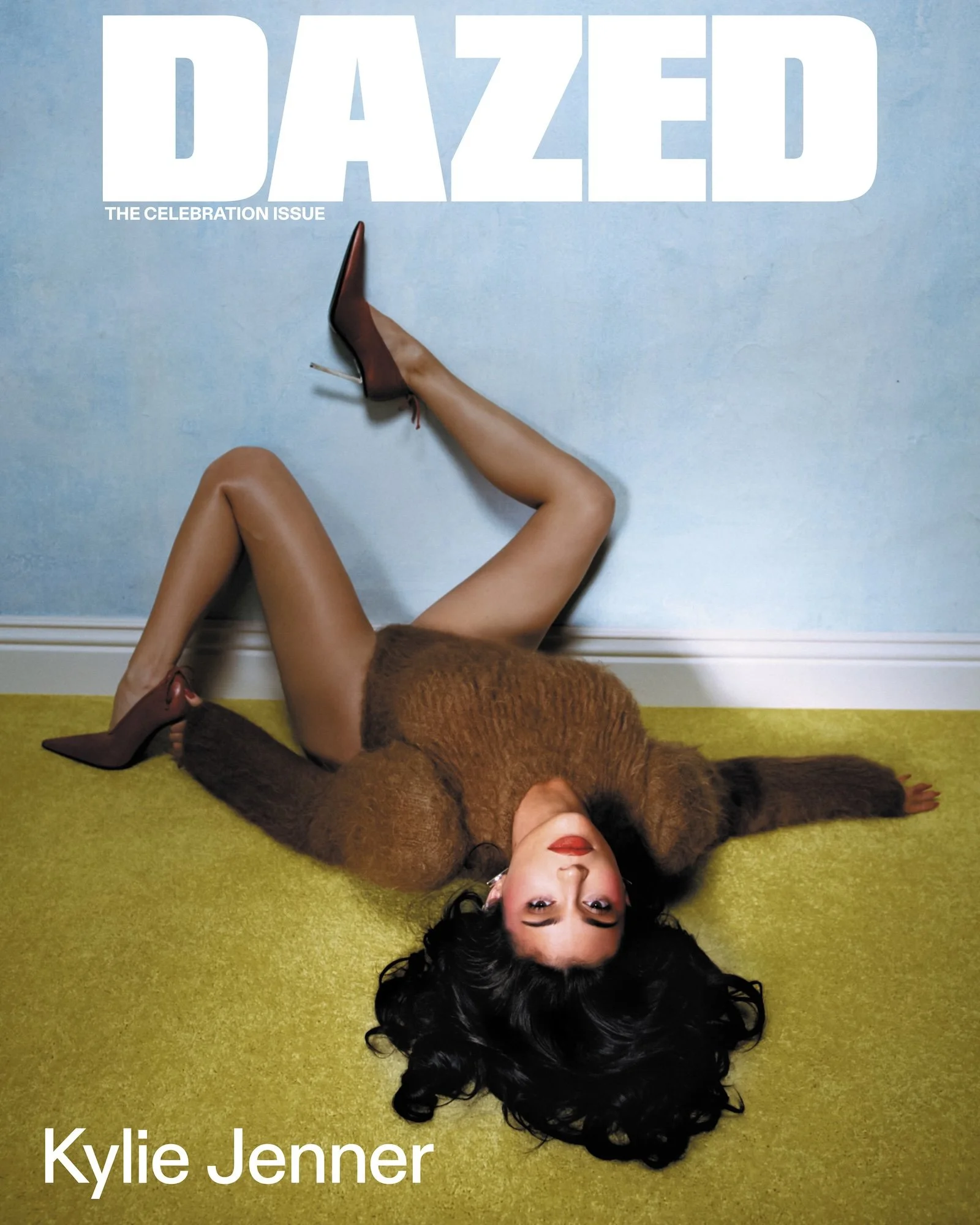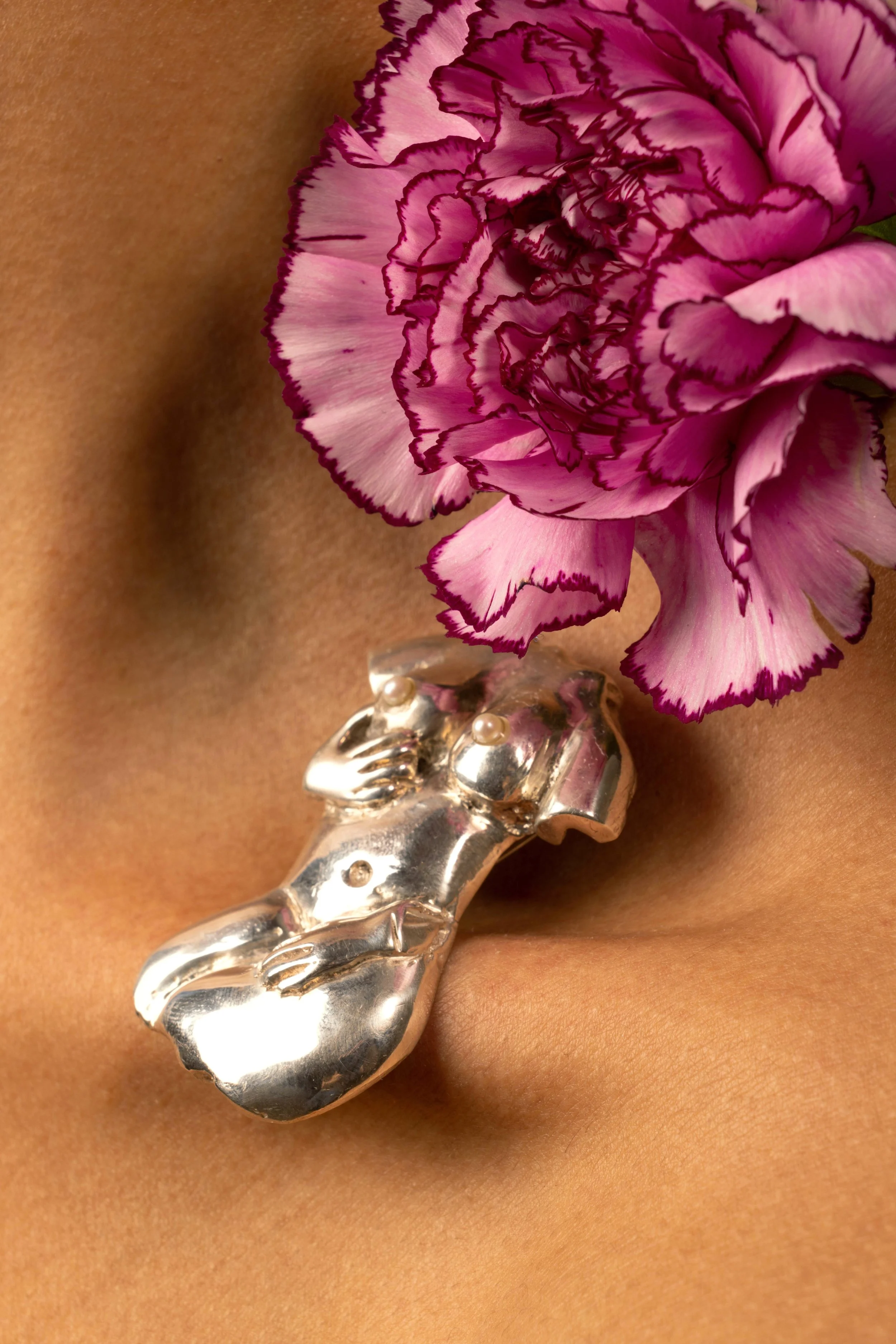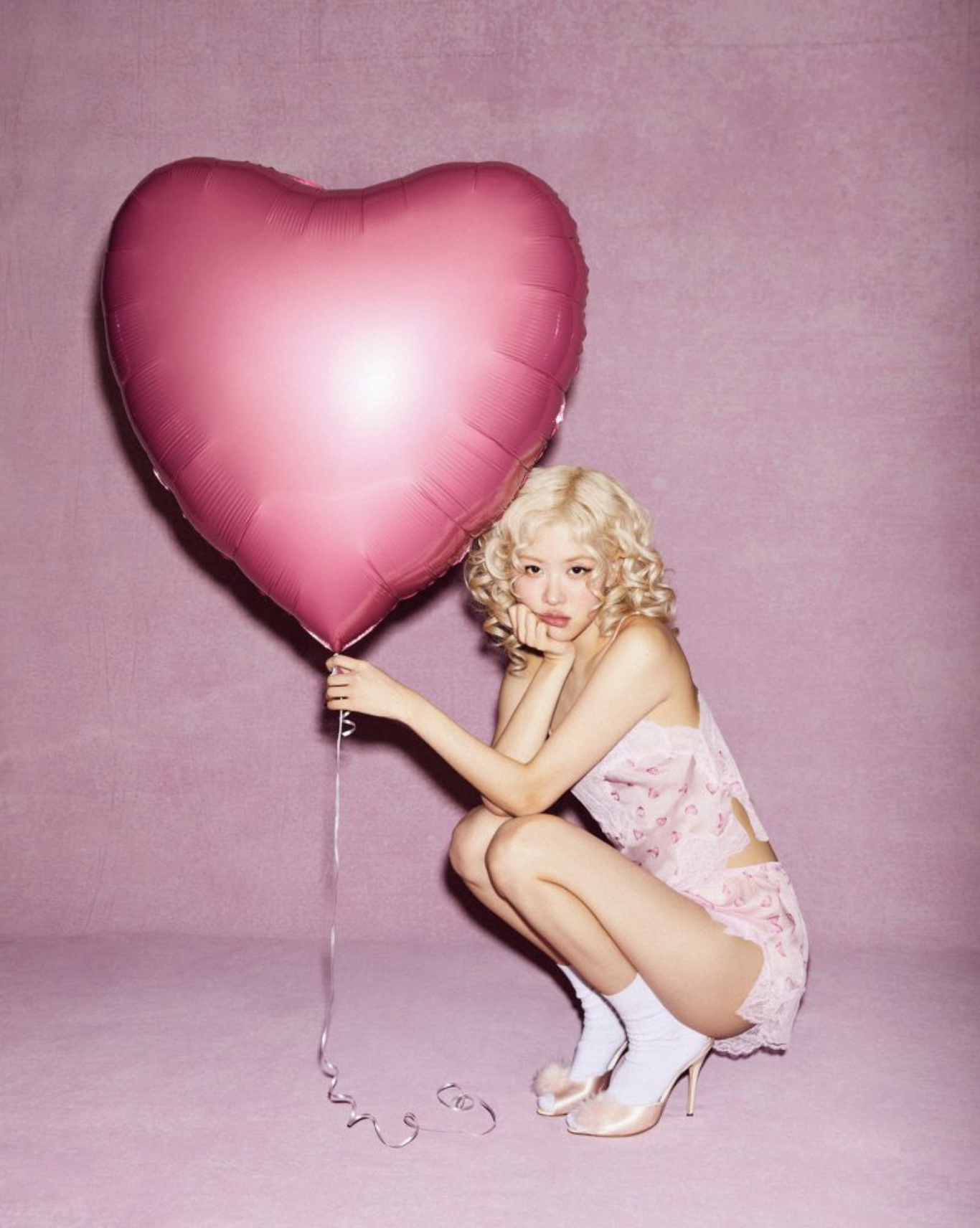Suntanning Triggers Brain's Reward Region, Linked to Addictions
/
Images: Giedre Dukauskaite | Alexandre Weinberger | L’Express Style
There is little doubt that measured amounts of sunlight are good for humans. The question is whether or not tanners can become addicted to tanning at the beach or in a tanning bed.
Dermatologists have long believed that UV light seems to cause a runners high. In 2007, dermatologist Robin L Hornung, MD, MPH, FAAD, Division of Dermatology at the University of Washington and the Children’s Hospital and Regional Medical Center in Seattle, Wash., used a standardized testing tool to gauge the presence of a substance-related disorder (SRD) as a means to determine whether some college students could be hooked on tanning.
Students Who Tan Are More To Express SRD Symptoms
The results of her study were published at News-Medical in March 2007.
“Numerous studies have shown that increased knowledge of the dangers of overexposure to UV light often fails to change tanning behavior and attitudes, especially among high-risk age groups such as adolescents and young adults,” explained Dr. Hornung. “We also know from previous experiments that UV light causes endorphin release, similar to the euphoric sensation associated with intense exercise commonly referred to as ‘runner’s high’ or other pleasure-seeking behavior. Our study set out to find whether certain individuals, particularly those who classify themselves as frequent tanners, exhibit addictive behaviors toward tanning.”
Dr Hornung and her collaborator Solmaz Poorsatter explored the tanning practices of 385 college students of both genders at the University of Seattle, Washington, using a modified CAGE questionnaire which is typically used to determine substance-related disorder (SRD) in alcoholics.
The four modified CAGE questions included:
- “Have you ever felt you ought to cut down on your tanning?”
- “Have people annoyed you by criticizing your tanning?”
- “Have you ever felt bad or guilty about your tanning?”
- “Have you ever thought about tanning first thing in the morning?”
(Continue reading for results and new brain scan research.)

Among the 385 students, 12 percent of total students were classified as having a SRD, addictive relationship with tanning. Among this group, 18 percent were students who reported tanning outdoors with sunlight and 28 percent used indoor tanning beds.
As expected, the SRD potential result was higher among females. 22 percent of outdoor tanners had positive CAGE results, compared with 8 percent of male outdoor tanners.
Among those who used indoor tanning beds, 28 percent were classified as potentially having SRD or an addictive relationship with tanning. Presumably, the percent of females vs males is much higher.
Melanoma in Family History Increases Likelihood of Tanning
Having a history of melanoma and skin cancer did NOT reduce tanning but increased the likeliness to tan.
Of the students with a positive family history of skin cancer, 77 percent purposely tanned their skin outdoors and 45 percent used indoor tanning devices. “This finding infers that even a personal experience with skin cancer failed to alter tanning behavior in this population, despite an increased health risk,” said Dr. Hornung.
Family lifestyle may be a factor in these results. One can’t conclude that there’s an inherited risk for addictive behavior or the pursuit of tanning — although that possibility hasn’t been disproven either.
The tanning results mirror other studies on addictive behavior around smoking and alcohol among teens.
Tanning to Relax
Dr. Hornung added that almost half (41 percent) of the students who tan reported doing so to relax. This result is also consistent with other studies validating the addictive practices are associated with relieving stress among increasingly-stressed out high school and college students. We must not interpret the results as being reflections of female vanity or peer pressure, which doesn’t suggest they don’t play a role in the decision to tan.
(Read on: Latest brain scan research on tanning beds.)

Indoor Tanning & Blood Flow in Brain
In the newest research on tanning beds out this week, researchers verified Dr Hornug’s research conclusions.
Following exposure to ultraviolet radiation (UVR), frequent tanners had increased regional cerebral blood flow in areas of the brain associated with experiencing reward — the dorsal striatum, anterior insula, and medial orbitofrontal cortex (OFC), writes MedPage Today
The cerebral blood flow did not increase when the tanners were exposed to filtered UVR. Moreover, study participants expressed less desire to tan after exposure to UVR than against the placebo tanning experience with no UVR rays. This result suggests that the addictive need to tan was temporarily met by the real exposure to UVR rays.
Bryon Adinoff, MD, of the University of Texas Southwestern Medical Center in Dallas, led the research, which builds on earlier research around addictive behavior and tanning.
“Over half of the persons who endorse frequent sunbathing and the use of tanning beds report behaviors consistent with addictive disorders, including an inability to decrease their tanning frequencies, compulsive tanning, and continued tanning despite adverse consequences,” Adinoff and coauthors wrote in their introduction to their findings.
In a prior survey of Dr Adinoff’s, he found that 40% of frequent tanners met criteria for “tanning addiction disorder” and another 33% had “problematic tanning behavior.”
(Next, how many people tan indoors in the US?)

Tanning Indoors in the US
Kelvin Choi, PhD, of the University of Minnesota, wrote in December 2010 that a random telephone survey with nationally representative participants concluded that 18.1% of women and 6.3% of men reported tanning indoors in the previous year. Among both sexes, indoor tanning was most common in the 18-24 age group. Read more about those results.
Skin cancer is rising in America, especially among white women younger than 40. In 2011 data, 32 percent of young women polled by the American Academy of Dermatology said they had used a tanning bed within the past year, with 25 percent saying they tanned weekly.
The indoor tanning industry — which has been associated with increased cancer risk — is also growing rapidly. The U.S. indoor tanning market emerged 30 years ago and has evolved into a viable and socially accepted industry with an estimated worth of more than $5 billion at the retail level, writes LookingFit.com in 2009. There are more than 20,000 indoor tanning facilities nationwide and another 20,000 businesses that offer indoor tanning.
SRF is a not-for-profit organization based in The Netherlands wrote in May, 2011:
“Tanning outdoors or in a solarium therefore provides greater protection from the sun by activating the skin’s own protection against UV rays.” Brand recommends that “the three to four weeks running up to a beach holiday should be used to build up the light callous layer and increase melanin production.” He warns that “Sudden overexposure to UV radiation without preparation can cause sunburn and increases the risk of developing skin cancer.”
In 2009, the World Health Organization scientists placed ultraviolet tanning beds on their list of the “most dangerous forms of cancer-causing radiation.” The WHO has also asked for total regulation against the use of tanning beds for people under 18 years.
While the International Tanning Association challenges much of the research, it seems that they now accept a causal argument that tanning beds are at least as dangerous as exposure to the sun. A possible problem with the ITA’s position — especially in view of the new brain scan research — is their own statement:
“The ITA has always emphasized the importance of moderation when it comes to UV light from either the sun or a tanning bed.”
If the use of tanning beds is a form of addiction, moderation may be more difficult to control. But then — we don’t ban cigarettes or alcohol, even though significant numbers of the population have an unhealthy relationship with both pleasures. Anne






































